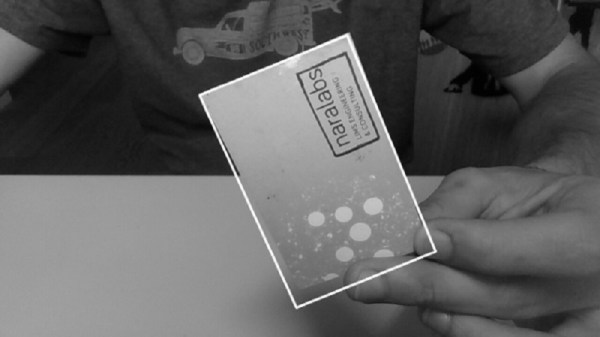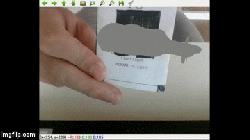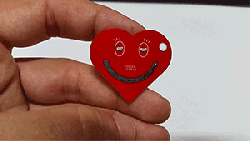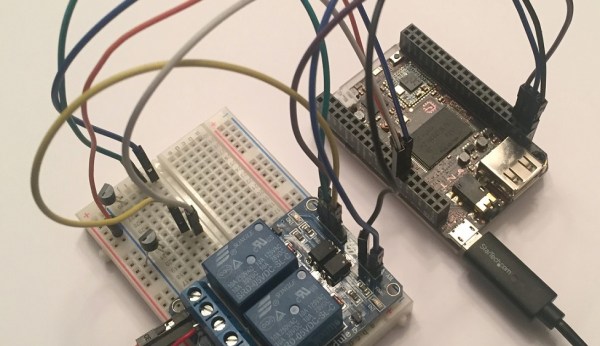A team in Xiangyang, China is using a flame-throwing drone to clear debris from high voltage power lines. These lines are made of metal of course, and are impervious to the high heat of the flames. Any type debris that gets on the lines will be charred to a cinder in just a few seconds. This is all is quite a bit safer than sending a human with some type stick up there near the high voltage lines.
Over the years here at Hackaday, we’ve seen people attach some strange things to drones. We can all recall the drone with a real firing pistol. And how about that drone with the huge flamethrower trying to cook a turkey. And let’s not forget the drone that fires bottle rockets. [Caleb Kraft] did a write-up about hacking the AR drone years ago and mentioned that someone put an Estes-rocket on a drone. While all of these are incredibly dangerous, ill-advised and for the most part useless, this new power line clearing drone may be the first exception we’ve seen.
What’s the strangest thing you’ve seen someone put on a drone?







 sophistication with style.
sophistication with style.












